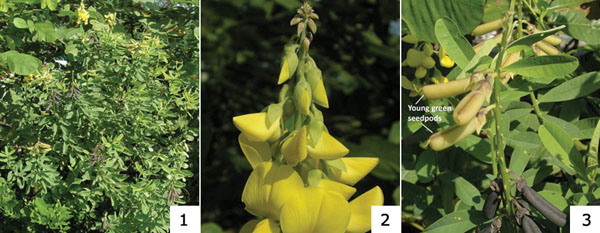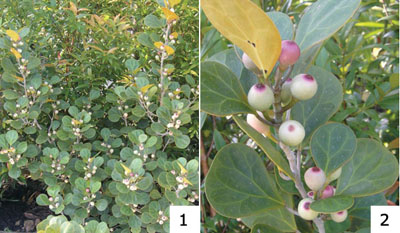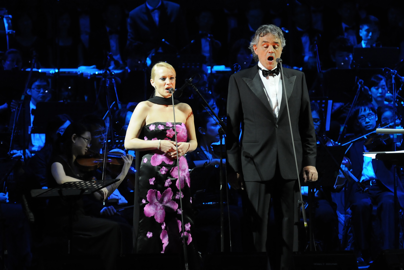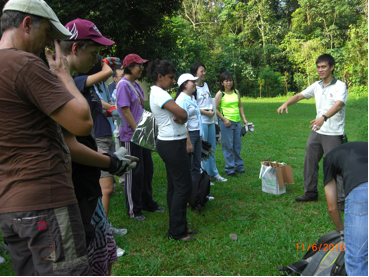Keeping It Local With Native Ornamental Plants
In Singapore, our equatorial climate can pose some challenges to gardening. Instead of fighting the effects of our hot and humid weather, try your hand at planting some native plants of Singapore. These ornamental outdoor plants thrive when grown under full sun, and require only moderate watering. All of them also have attractive features that will add lots of interest to your home garden!
What are native plants exactly? A native plant species is one that has occurred naturally in a place over a very long time, and was not introduced from other places. Plant species that have been introduced from other geographical regions are termed “exotic”.
There are several advantages to growing native plants:
|
Did You Know? Local plant experts estimate that, out of the over 2,000 native plant species that have been recorded for Singapore since Sir Stamford Raffles first stepped foot on our shores, 81% have gone extinct or become endangered. Only 19 % can still be found commonly occurring in the wild. |
- Native species are naturally adapted to our hot climate of high rainfall and humidity, and are thus easier to care for.
- Singapore’s native species have a distinct look and feel, which will contribute to the aesthetics of your garden.
- Your efforts to grow native plants will contribute towards the conservation of our natural heritage. They may also attract native fauna like birds and insects, adding to the health and vibrancy of your garden. They also contribute to building up Singapore’s natural environment.
1. Crotalaria retusa
Common name: Rattleweed
Family: Fabaceae (Leguminosae)
Rattleweed, the common name of this plant, comes from its most interesting characteristic – it makes a rattling sound when its dried pods are shaken. The name "Crotalaria" is also derived from a Greek word that refers to the castanet, a musical percussion instrument.
This plant has bright cheerful yellow flowers with wing-like petals borne on a spike, which develop into green fruit pods, that eventually become dried. While the Rattleweed grows as a weedy plant in the natural environment, it is cultivated as an annual herbaceous shrub that grows up to 1m tall.
Rattleweed is also host plant to the Pea Blue or Long-tailed Blue butterfly (Lampides boeticus). Unlike other butterflies, the caterpillars of this butterfly do not chew up the leaves of the Rattleweed. Instead, they bore into its flower buds to consume the parts contained within, and subsequently eat the seeds within the seed pods that develop from the flowers. Being a leguminous plant, it is able to fix nitrogen from the air, and can therefore be grown in nitrogen-poor soil.
Photos of:
- plant growth habit
- flower
- seedpods

2. Leea rubra
Common name: Red Tree-vine
Family: Leeaceae
The Red Tree-vine is cultivated mainly as an ornamental plant. Contrary to its name, the Red Tree-vine is neither a tree nor a vine! It is actually a shrub that can grow to about 2m in height, and is characterised by purplish-red stems, flowers and fruits. It also produces flushes of bright green young leaves with reddish margins.
A related species is Leea indica, the Common Tree-vine, which is characterised by greenish-white flowers and fruits and does not have red stems.
Photos of:
- plant growth habit
- flowers and fruits
- young leaves and red stem

3. Rhodomyrtus tomentosa
Common name: Rose Myrtle
Family: Myrtaceae
The Rose Myrtle comes from the same family as the guava (Psidium guajava) and gum trees (Eucalyptus species). A hardy and attractive flowering shrub or small tree that grows 2-3m tall, the plant has soft furry leaves with silvery-grey undersides. Its flowers are pink, resembling cherry blossoms, and the fruits are purple with sweet aromatic flesh. The Rose Myrtle should not be confused with the Singapore Rhododendron (Melastoma malabathricum). While the two plants both have leaves with three prominent veins and similar flowers, the Singapore Rhododendron has leaves that are bristly and rough to the touch.
The flowers of the Rose Myrtle are used in Hawaii to make leis, while the juice of the fruits is used to make jelly, jams and tarts in Malaysia.
Photos of:
- plant growth habit
- flower
- silvery leaves

4. Ficus deltoidea
Common name: Mistletoe Fig
Family: Moraceae
A member of the fig family, the Mistletoe Fig is an evergreen shrub or small tree. It has ornamental leaves with a golden-yellow under-surface, and attractive spherical figs that mature from dull yellow to red. Its scientific name refers the shape of its leaves, as "deltoid" means "triangular". The Mistletoe Fig also grows naturally as a cascading epiphyte on trees, resembling mistletoes, hence its common name.
As with all figs, the Mistletoe Fig's flowers are very tiny and are never seen growing on the plant, as they are enclosed within a structure, which eventually develops into the fruits. Thus, it appears as if the fig does not produce flowers. The Mistletoe Fig is a bird-attracting plant, as its fruits are eaten by birds. It is best grown in full sun, but can also tolerate semi-shade.
Photos of:
- plant growth habit
- fruits

|
Glossary
|
Visit the Native Garden @ HortPark!
Are you interested to check out the landscaping possibilities of native plants? Then head on down to the Native Garden @ HortPark, the latest feature garden in HortPark. With 110 species of plants, this garden contains the highest concentration of native plants in urban Singapore. This garden aims to showcase, identify and evaluate suitable native plants for our urban landscapes.
With flowing streams, wood logs, stones, and native fish and plant species, the 350 sq m Native Garden mimics a natural landscape. Not only does it showcase landscaping possibilities with our native plants, it also allows researchers to observe the performance of plants tested, as well as study the benefits arising from their use.
Text and photos by Joyce Foo
Have views or comments on this article? Let us know via this form. If you would like to give us feedback on any other areas relating to our parks and gardens, please submit via https://www.nparks.gov.sg/feedback





Kim Nixon 6/21/2014 5:55:41 PM